Travelers to Japan undoubtedly view sake as the traditional liquor of Japan. Historically they wouldn’t be wrong, since Sudō Honke, the world’s oldest sake brewery (and one of the oldest companies in the world), was founded in 1141 in Ibaraki Prefecture, just north of Tokyo. However Southern Japan is home to another authentic Japanese spirit—shochu, which was first produced about 500 years ago, its roots firmly planted in Japan’s warmer southern climes.
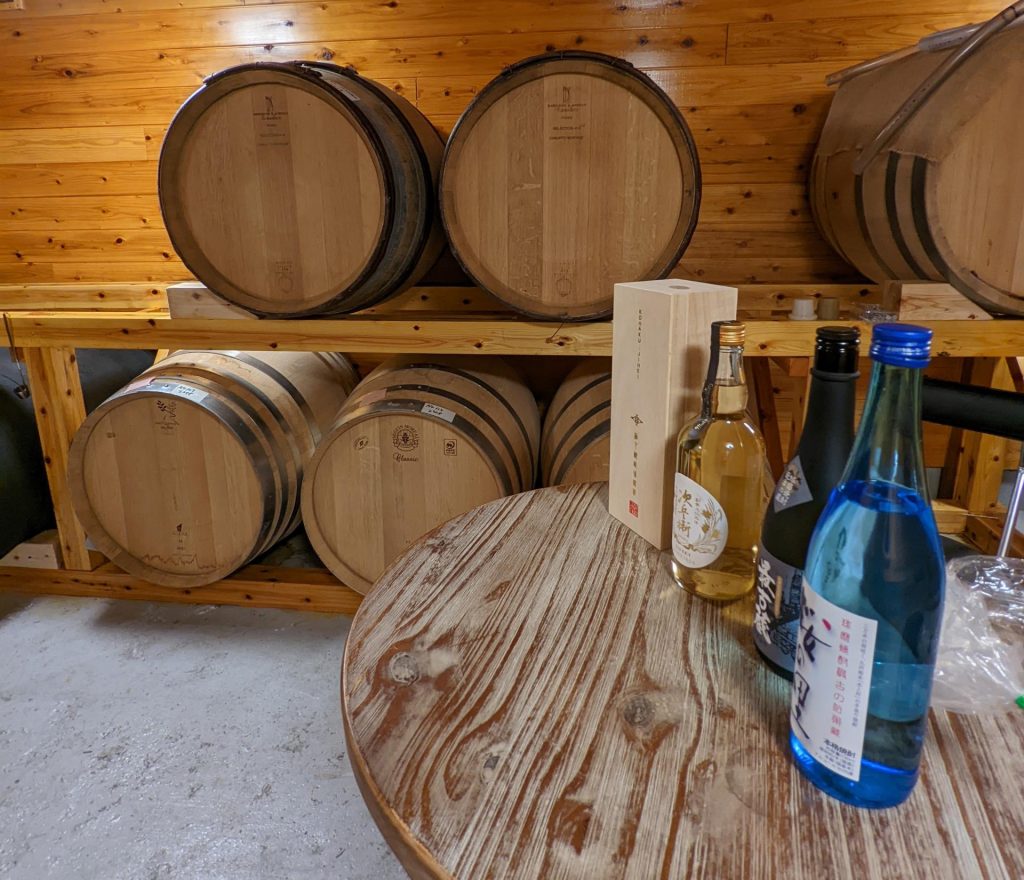
Kumamoto’s Kuma Valley is home to 27 shochu distilleries. This historic, mountainous region in southern Japan has managed to preserve shochu culture and techniques while striving to elevate the experience for shochu enthusiasts.
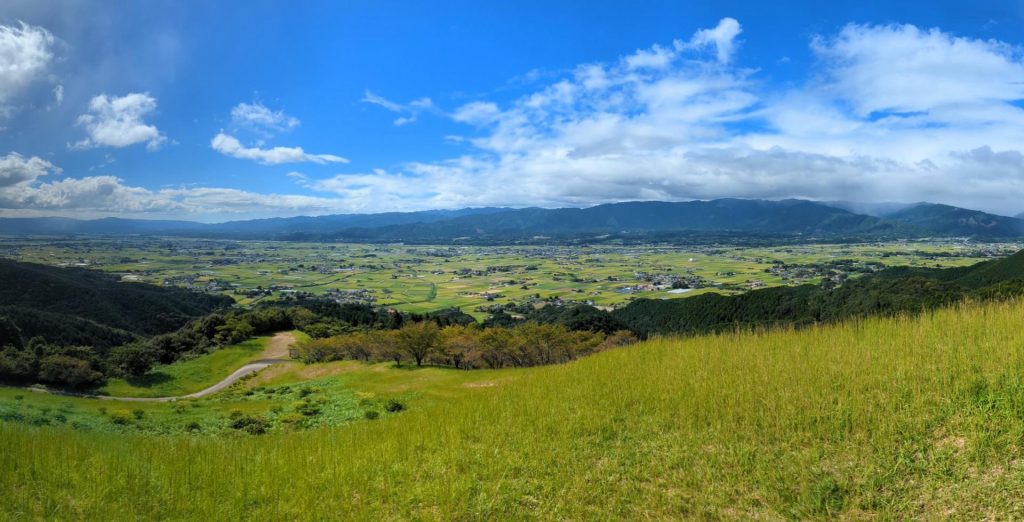
You might say shochu is literally the spirit of the Kuma Valley. It is present at restaurants, local meetings, family gatherings, celebrations and has even become a pull for tourism as travelers enjoy “shochu experiences” while in the valley.
Kuma Valley’s distilleries produce an astounding 200 labels, so it will take several visits (or an extremely strong liver) to enjoy the diverse lineup all in one trip.
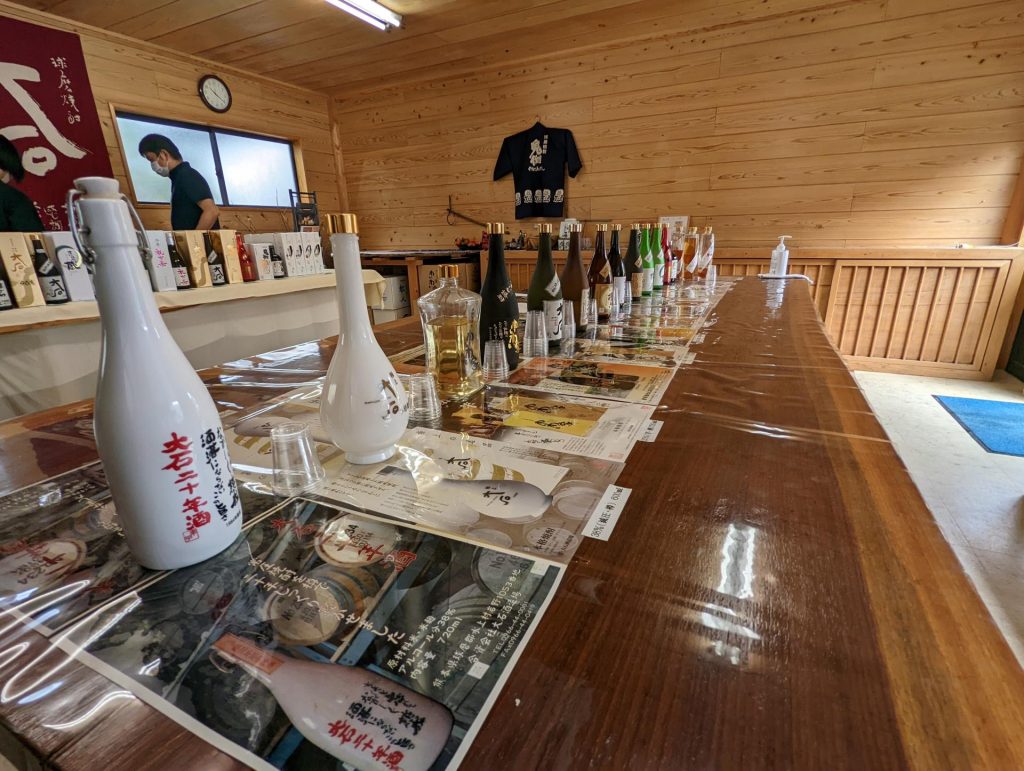
The former samurai castle town of Hitoyoshi City is the main hub of the region. The city is set amongst the Kyushu Mountains as well as the clear, pristine waters of the Kuma River, one of Japan’s three swiftest rivers. The Kawabe River is one of the main tributaries and has been awarded Japan’s most beautiful water fifteen years in a row.
Diverse terrain, a challenging climate and contrasting temperature fluctuations have resulted in rich soil, making the area fertile ground for rice production. The harvested rice is used for premium Kuma Shochu, which has a rich history, dating back 470 years, and uses techniques similar to how shochu was originally made (the well-known imo-based shochu became popular within the last 250 years). It differs from sake as it is distilled rather than just fermented, so there’s less chance the alcohol going bad—important as Kuma Valley experiences subtropical climates and warm summers.
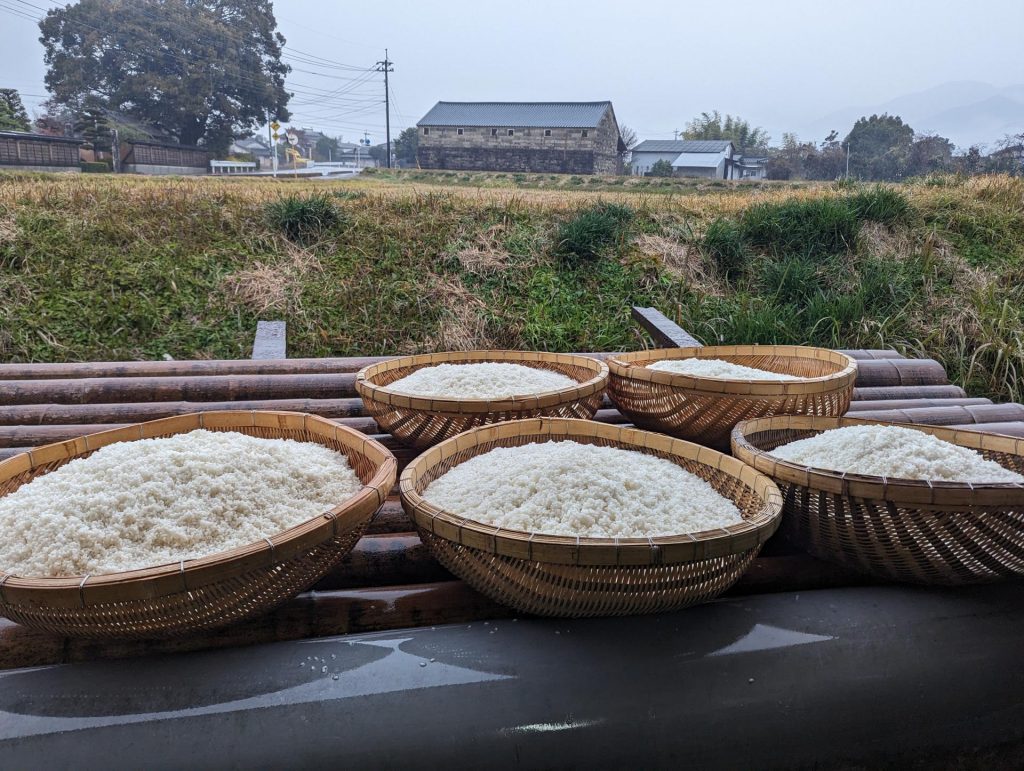
Shochu uses koji mold and yeast fungus. The koji is added to steamed rice, then turned into moromi (fermenting mash) by adding clean, locally-sourced water and yeast. The steamed rice and water is added again for the second mash to be further fermented (called the “two-stage fermentation”), increasing the alcohol content. Finally the mash is distilled.
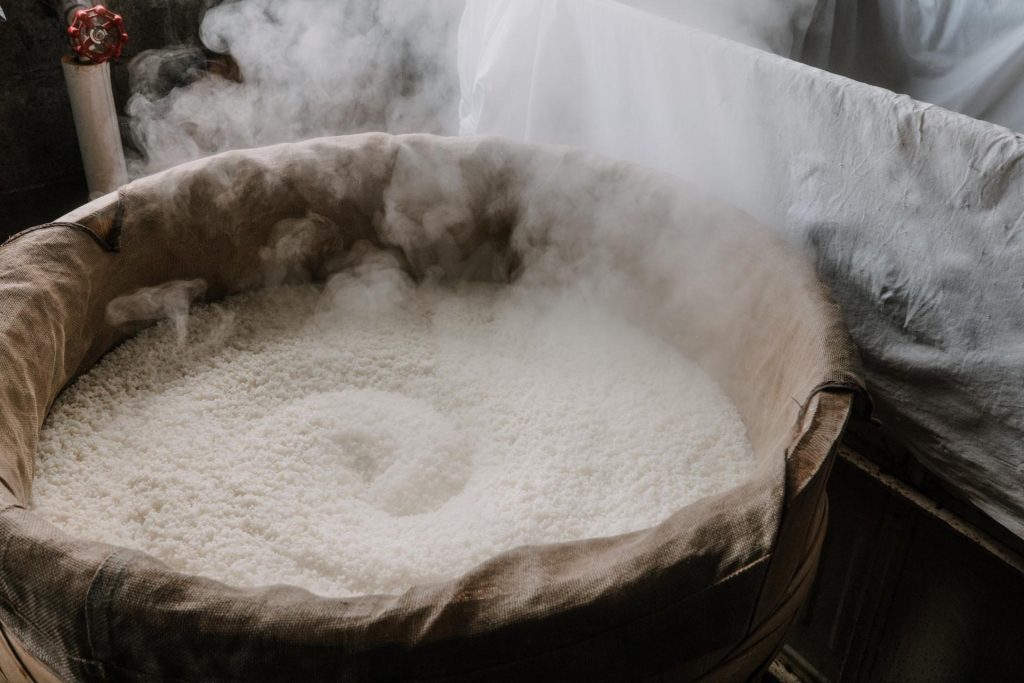
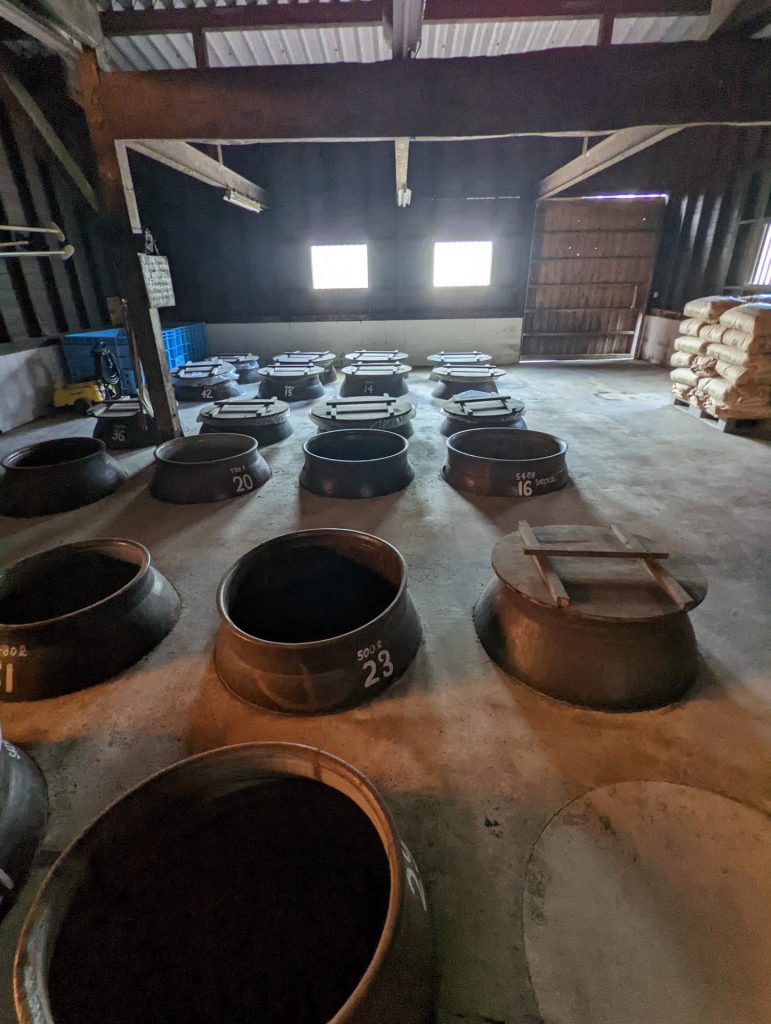
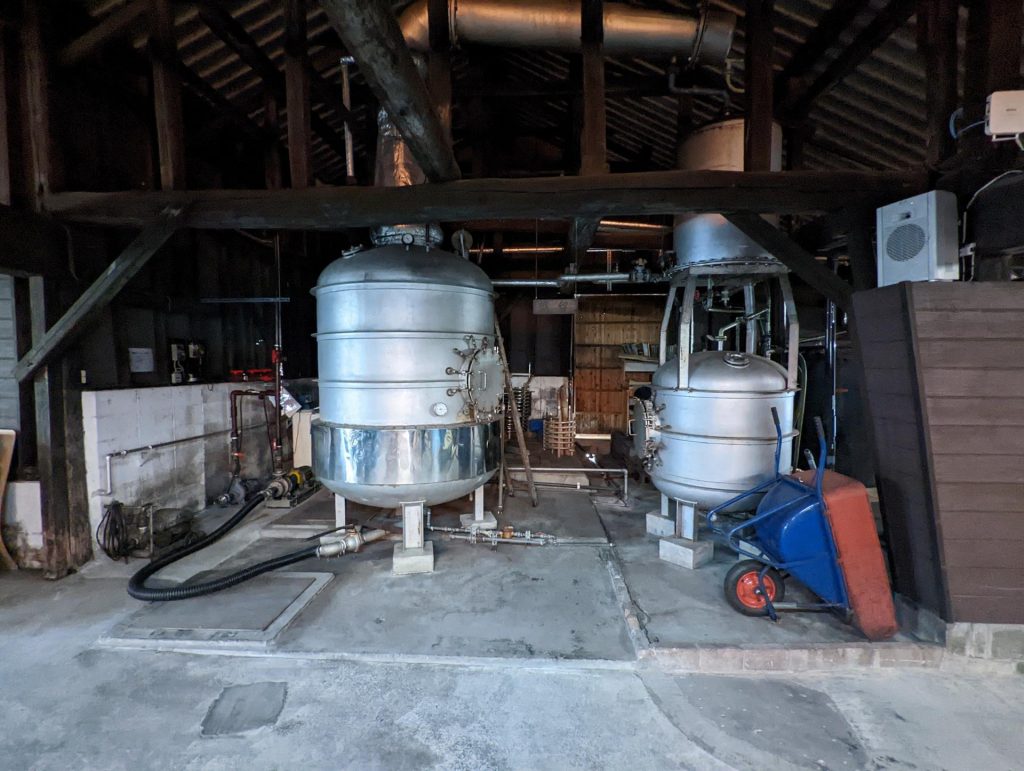
The results of the process will vary in flavors depending on how it is distilled. With vacuum distillation, the lid is tightly closed on the still and air is vacuumed out from within using a pump. The pressure inside the still and the boiling point of its contents decreases. When heat is applied, chemical reactions occur in the moromi and the aromas and flavors are removed, resulting in a mild, light and refreshing shochu. It pairs well with simple ingredients, such as seasonal vegetables and pasta.
With atmospheric distillation, the spirits are distilled at normal atmospheric pressure where the boiling point of water is 100°C. Under intense pressure, various substances are extracted from the moromi and produce a rich aroma and depth to the shochu. This pairs well with strong, distinct flavors, like red meat, spare ribs and miso-based dishes.
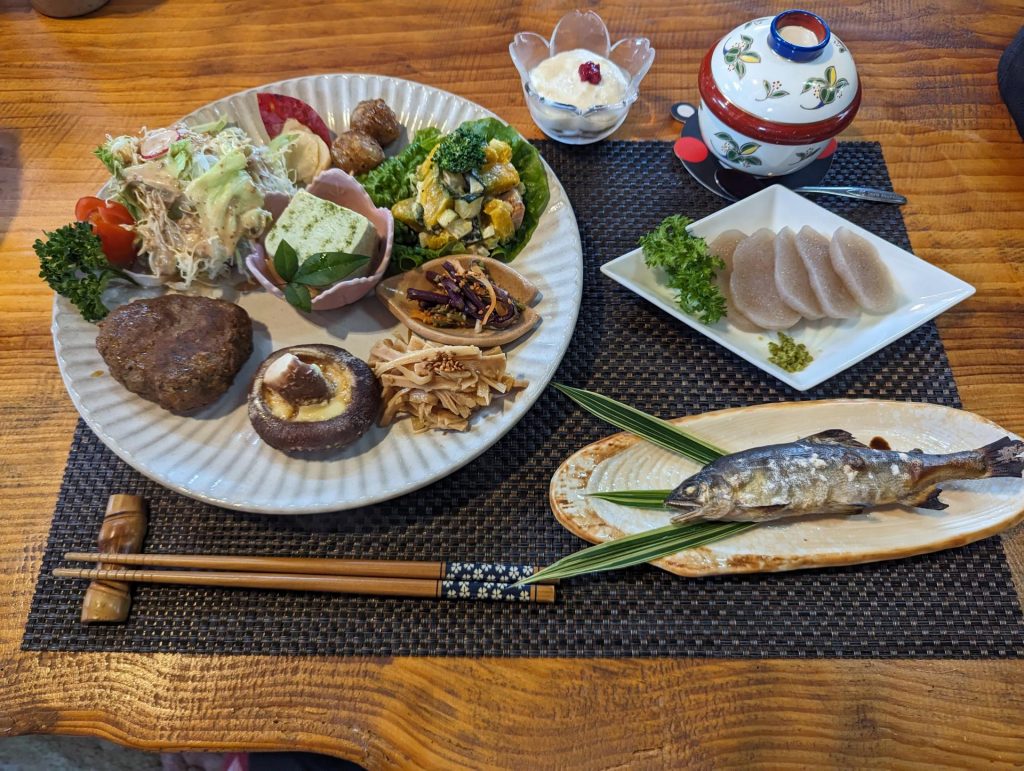
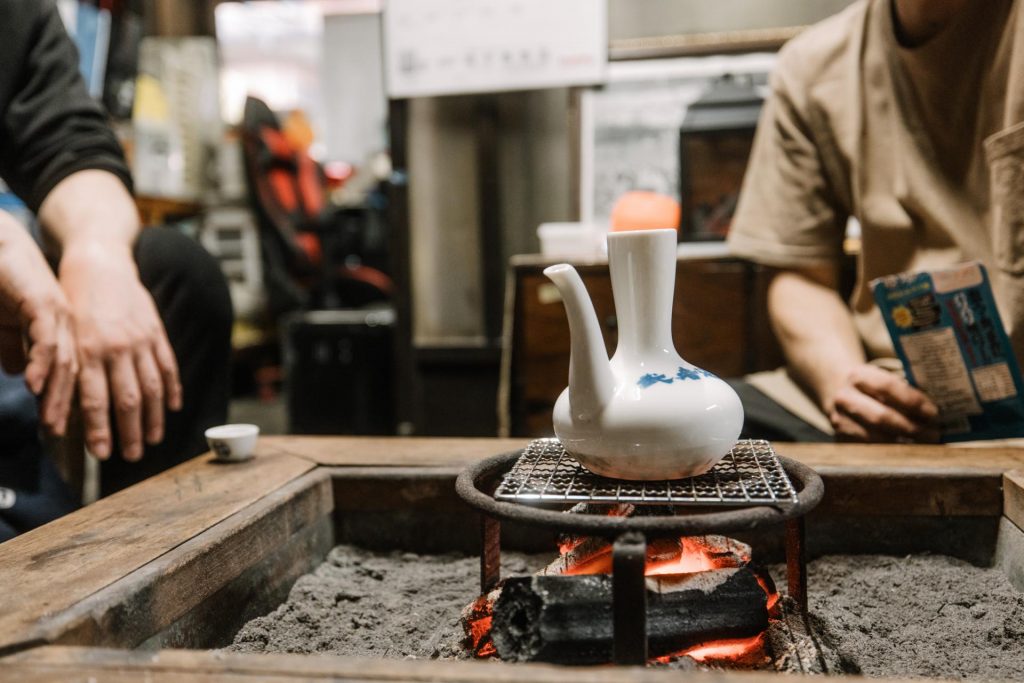
Shochu is stored in earthenware pots and kept for long periods of time, some more than three years. Some shochu are aged in oak casks, resulting in a whisky-like taste. This goes well with grilled unagi (eel), nuts, ice cream and chocolate.
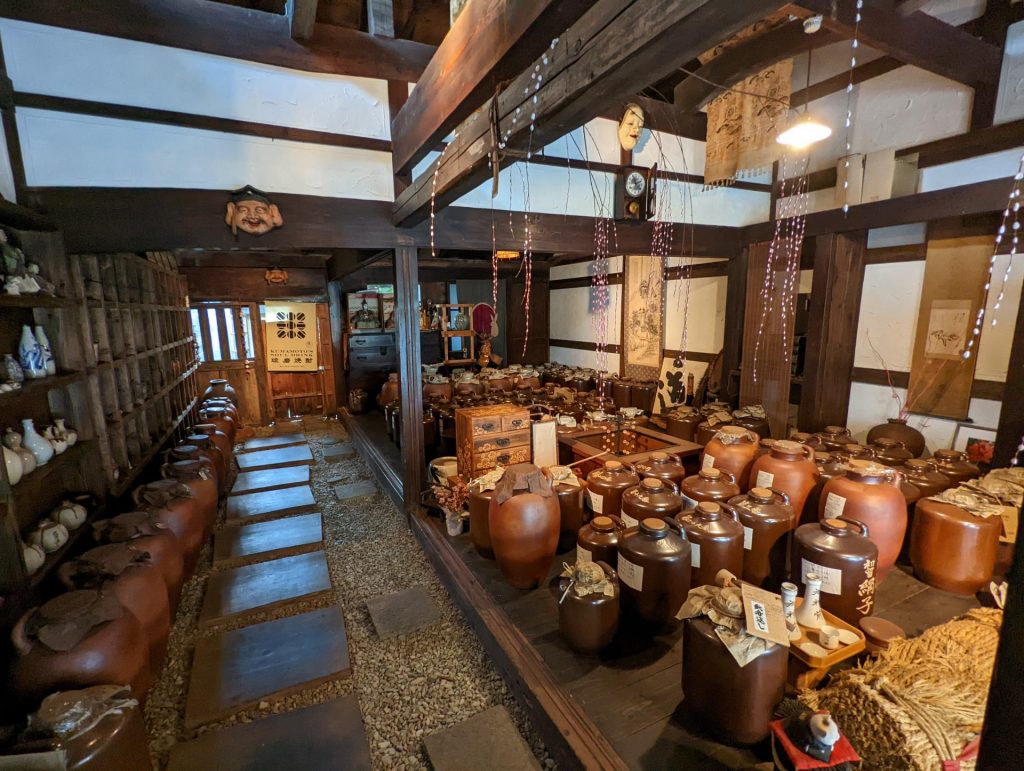
For travelers interested in shochu culture, there’s a half-day walking tour that introduces what shochu is all about; the basic history, distilling process as well as some stops at other tourist attractions.
The tour starts at Ayu no Sato, a traditional inn led by the hospitable Yumi Arimura, a shochu connoisseur passionate about sharing the bounties of the Kuma Valley.
The first distillery you’ll visit is Jufuku Distillery, a small craft distillery led by the Yoshimatsu family. They adhere to the traditional style of distilling with the process all being done by hand. The current master distiller, Ryota, is 5th generation Yoshimatsu and, at 38-years-old, one of the youngest shochu distillers in Japan. His passion for the art is contagious but he admits that his shochu isn’t for everyone.
“I make shochu that I enjoy drinking, with rich, deep and complex flavors. If other people enjoy this style too, then great,” says Ryota.
Step back in time at Sengetsu Distillery where you can see an old still that uses a distillation technique from ancient times. Here, you can take a break from walking and relax a their foot bath, then sample (and purchase) different types of shochu at Ichigoya, a store selling their wares.
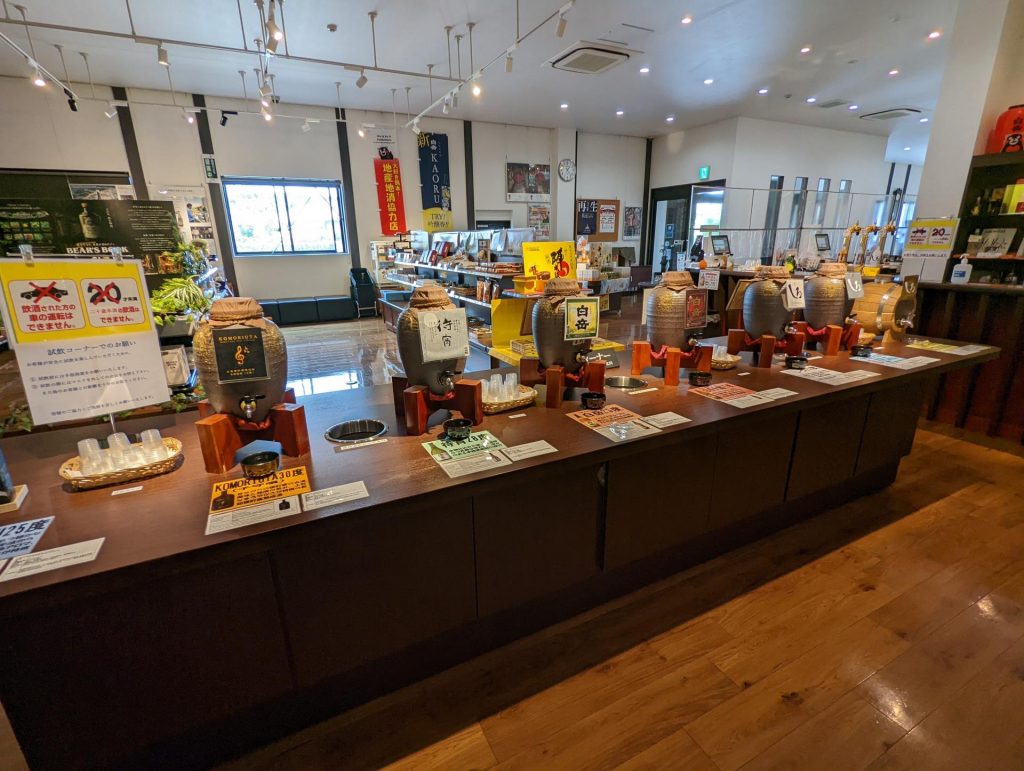
Other notable attractions are Mikatsuki Castle, offering views of Hitoyoshi on a clear day. The castle was home to the Sagara clan, the daimyo clan which ruled the region for 700 years. History (or movie) buffs will recognize Oikami Shrine, which was the site of the Satsuma Rebellion battles that were the inspiration for the movie, “The Last Samurai.” Finally, stop for tea or shop for shoyu (soy sauce) and miso at the picturesque and historic Kajiyamachi street.
For those wanting to dive deeper into the shochu world, there’s a full-day tour that drives travelers to harder-to-access distilleries. The tour visits Nasu Shuzo for a hands-on nijishikomi experience, part of a two-step fermentation process where cooked rice is transferred to a cooling tray, then to clay pots and mixed in with the ichijishikomi (first brew). At Hayashi Shuzo, visit a historic 400-year-old storage room preserved since the Edo Period to learn about blending, mixing different vintages and types of shochu to create the desired flavor.
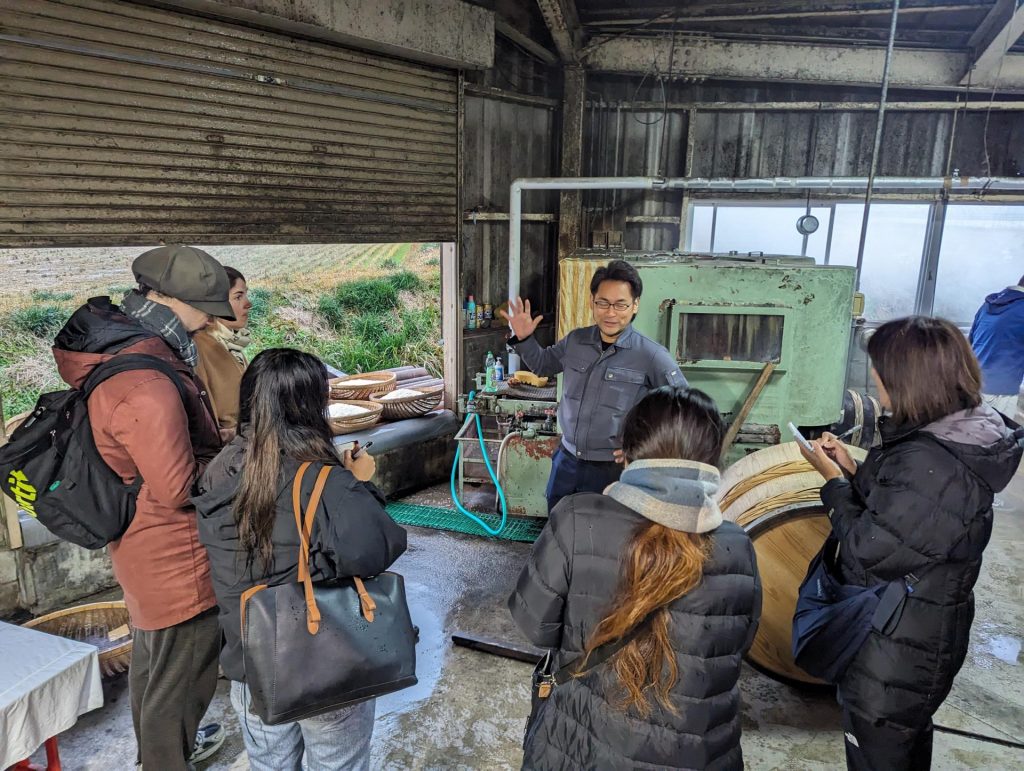
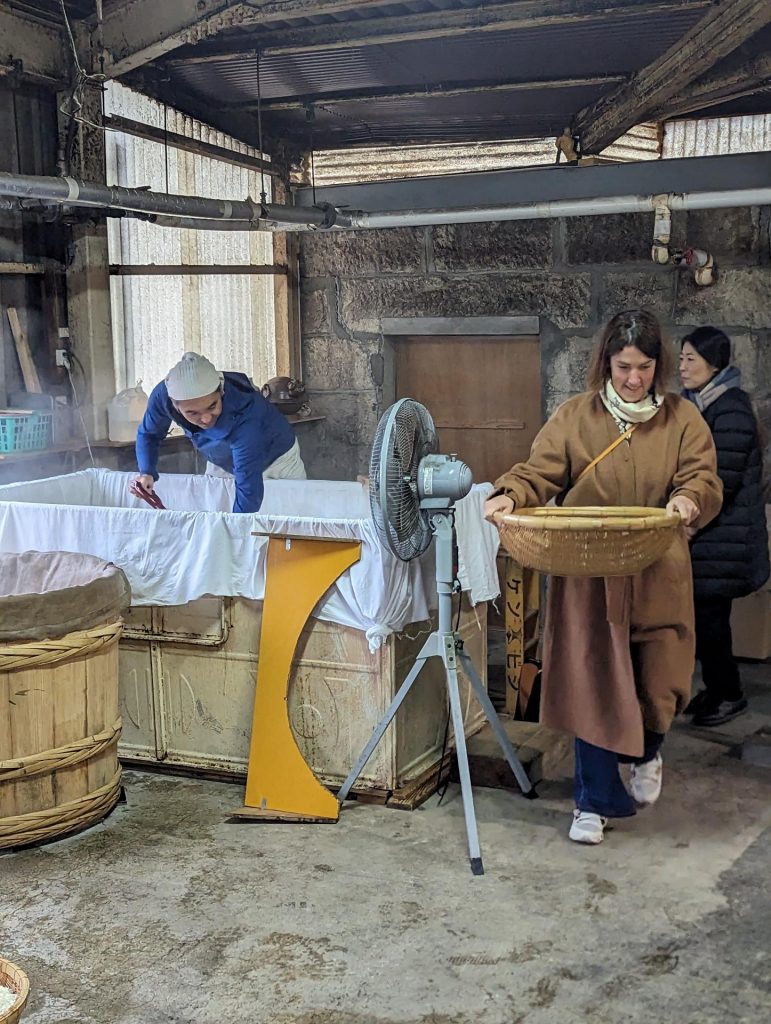
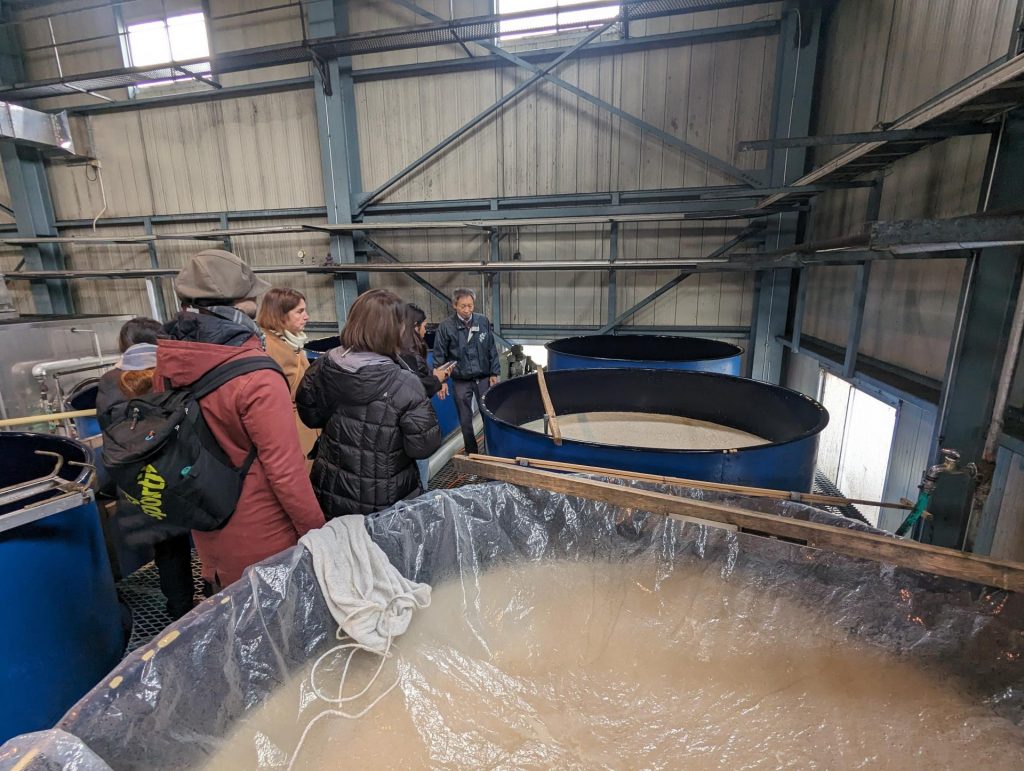
The tour also offers a historic glimpse into the Kuma Valley, stopping at the remains of Takayama Castle’s watchtower, the site of one of the Sagara clans, which offers views over the valley.
Otake Jutaku is a well-preserved samurai residence that shows visitors how people lived during the Edo Period. For lunch, enjoy local wild game, locally raised chicken and mountain vegetables enjoyed, of course, with shochu. The venue is held at unique spots like a refurbished greenhouse or Chanomi, a farm-to-table cafe nestled in tea fields.
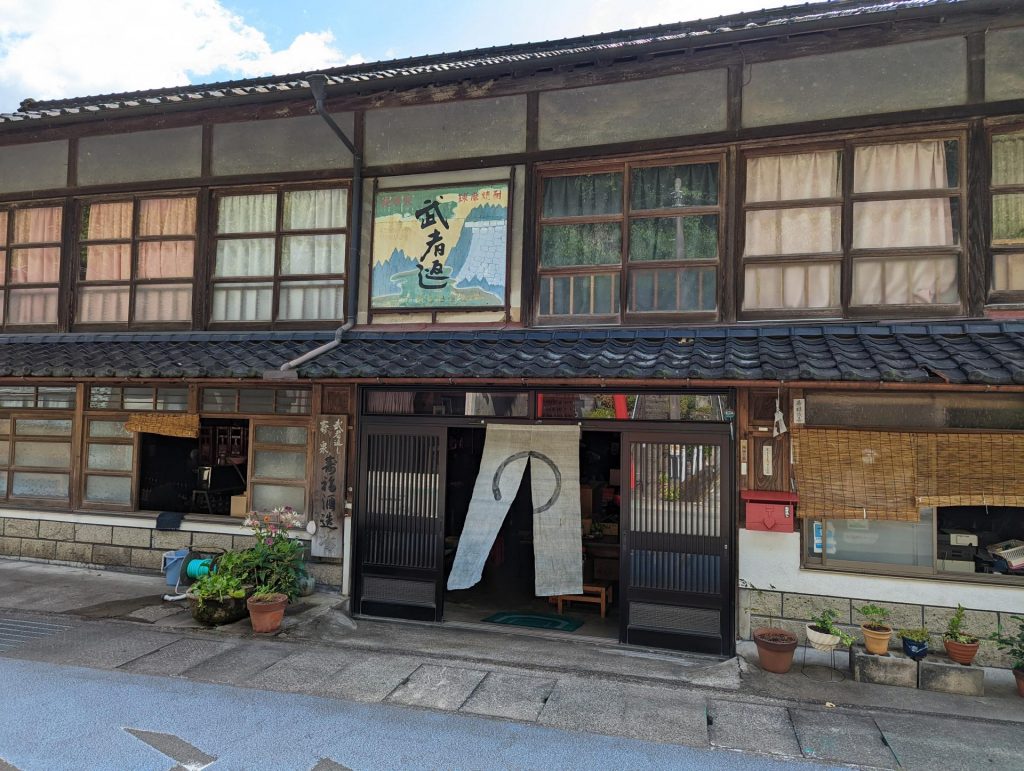
While shochu is often enjoyed straight, on the rocks, kan (heated) and mizu-wari or oyu-wari (with water and ice or hot water), several local bars have been creating craft cocktails, such as the bar at Ayu no Sato ryokan.
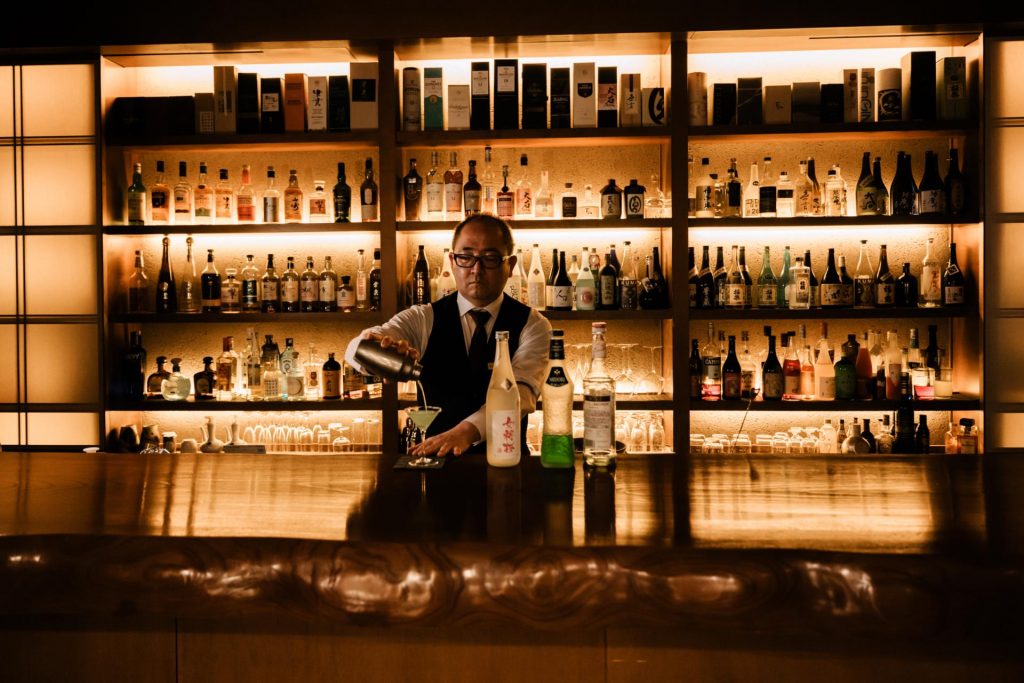
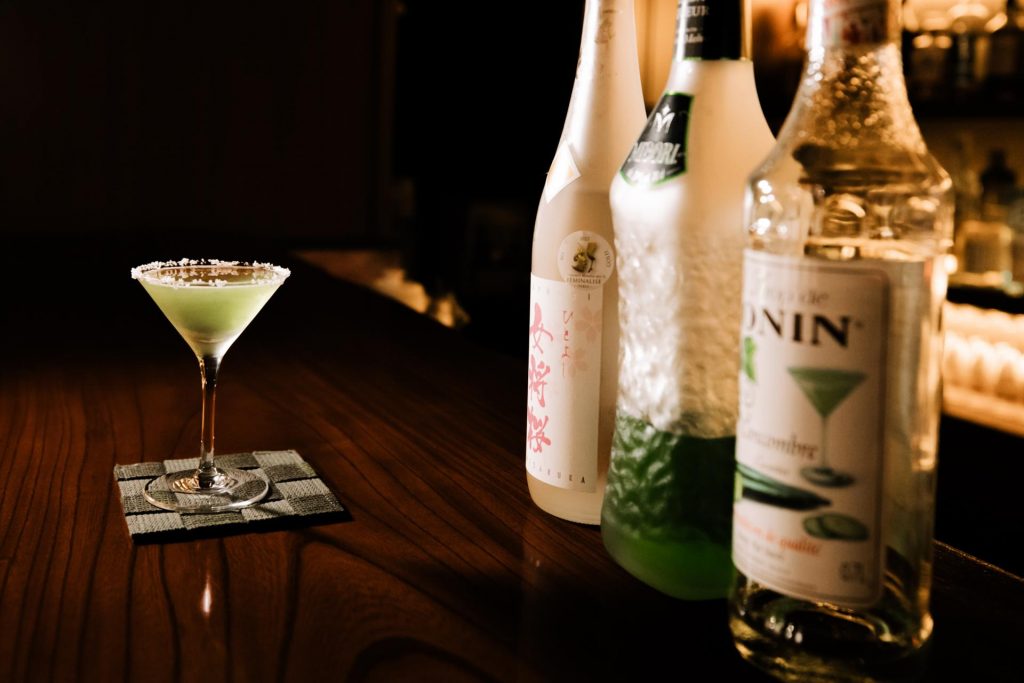
GETTING THERE
Hitoyoshi City is accessible via bus from Kagoshima Airport, with one transfer at Hitoyoshi IC Jokoguchi. There is also a bus from Kumamoto Airport. Kagoshima Airport is connected to around 20 destinations nationwide including Tokyo and Osaka. Tours start at the Ayu no Sato traditional inn, located in the heart of Hitoyoshi and right next to the Kuma River. The tours run year round, but the best time to visit is between November to June during brewing season.
BOOKINGS & INQUIRIES
To book your experience or learn more, contact the Ayunosato Tour Concierge.
Ayunosato Tour Concierge
Tel: (0966) 22-2171 (From Overseas: +81-966-22-2171)
E-mail: discover.hitoyoshi@gmail.com
Web: ayunosato.jp/en/
